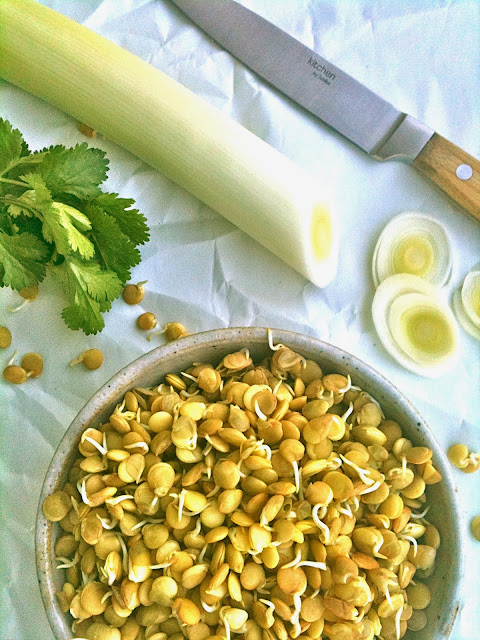
Because galactose oxidase–mediated oxidation liberates a molecule of hydrogen peroxide for each molecule of aldehyde that is formed ( Figure 3.3.2), horseradish peroxidase–catalyzed oxidation of the Amplex Red reagent to red-fluorescent resorufin by hydrogen peroxide provides a ready means by which the number of aldehyde residues introduced into a biomolecule, including on a cell surface, can be quantitated. Galactose oxidase–modified lipopolysaccharides (LPS) have been modified with Alexa Fluor 488 hydrazide ( A10436) to probe for LPS-binding sites on cells. For example, 2-keto-galactose has been specifically inserted into the Fc glycans of therapeutic antibodies, including Herceptin and Avastin, enabling site-specific labeling with Alexa Fluor 488 hydroxylamine ( A30629). The introduction of galactose residues can be especially advantageous for structural studies because it provides a means of selectively labeling specific sites on biomolecules. Galactose oxidase oxidizes terminal galactose residues to aldehydes, particularly in glycoproteins. Galactose Oxidase–Mediated Oxidation and Other Methods The aldehyde thus formed from the protein can be subsequently modified with a variety of hydrazine, hydroxylamine or amine derivatives.

Moreover, because antibodies are glycosylated at sites distant from the antigen-binding region, modification of periodate-oxidized antibodies by hydrazines and hydroxylamines usually does not inactivate the antibody, as sometimes occurs with amine-reactive labeling.įigure 3.3.1 Sodium periodate oxidation of an N-terminal serine residue to an aldehyde, with the release of formaldehyde. In addition to vicinal diols, N-terminal serine and threonine residues of peptides and proteins can be selectively oxidized by periodate to aldehyde groups ( Figure 3.3.1). These other reactions, however, usually occur at a slower rate than oxidation of vicinal diols. Alkenes from unsaturated fatty acids and ceramides can also be converted to glycols by osmium tetroxide and then oxidized by periodate to aldehydes, and periodate will oxidize certain β-aminoethanol derivatives such as the hydroxylysine residues in collagen, as well as methionine (to its sulfoxide) and certain thiols (usually to disulfides). Periodate oxidation of the 3'-terminal ribose provides one of the few methods of selectively modifying RNA periodate-oxidized ribonucleotides can subsequently be converted to fluorescent nucleic acid probes by reaction with fluorescent hydrazines, hydroxylamines and amines. The Pro-Q Emerald 300 and Pro-Q Emerald 488 Glycoprotein Gel and Blot Stain Kits ( P21855, P21857 Detecting Protein Modifications-Section 9.4) are based on periodate oxidation of glycoproteins and subsequent labeling with a Pro-Q Emerald dye. For example, some of the hydrazine derivatives described in this section have been used to detect periodate-oxidized glycoproteins in gels. These introduced aldehydes and ketones can then be modified with fluorescent or biotinylated hydrazine, hydroxylamine or amine derivatives to label the polysaccharide or glycoprotein.

The most common method for introducing aldehydes and ketones into polysaccharides and glycoproteins (including antibodies) is by periodate-mediated oxidation of vicinal diols. Chapter 23-Antifades and Other Tools for Fluorescence Applications.Chapter 22-Probes for Membrane Potential.Chapter 21-Indicators for Na+, K+, Cl– and Miscellaneous Ions.Chapter 19-Indicators for Ca2+, Mg2+, Zn2+ and Other Metal Ions.Chapter 18-Probes for Reactive Oxygen Species, Including Nitric Oxide.Chapter 17-Probes for Signal Transduction.Chapter 16-Probes for Endocytosis, Receptors and Ion Channels.Chapter 15-Assays for Cell Viability, Proliferation and Function.Chapter 14-Fluorescent Tracers of Cell Morphology and Fluid Flow.Chapter 13-Probes for Lipids and Membranes.



 0 kommentar(er)
0 kommentar(er)
